
AllQuestion and Answers: Page 1520
Question Number 58832 Answers: 2 Comments: 4
$$\mathrm{find}\:\mathrm{x}\:\mathrm{if}\:\mathrm{x}^{\mathrm{2}} =\mathrm{16}^{\mathrm{x}} \\ $$
Question Number 58827 Answers: 1 Comments: 3
Question Number 58816 Answers: 2 Comments: 0

Question Number 58804 Answers: 2 Comments: 1
Question Number 58800 Answers: 2 Comments: 2
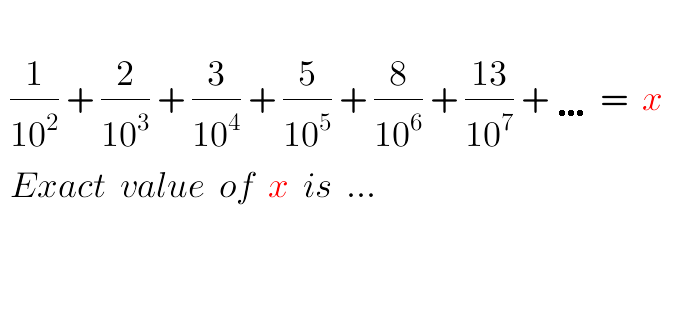
Question Number 58867 Answers: 0 Comments: 4
Question Number 58791 Answers: 1 Comments: 0
Question Number 58789 Answers: 0 Comments: 2
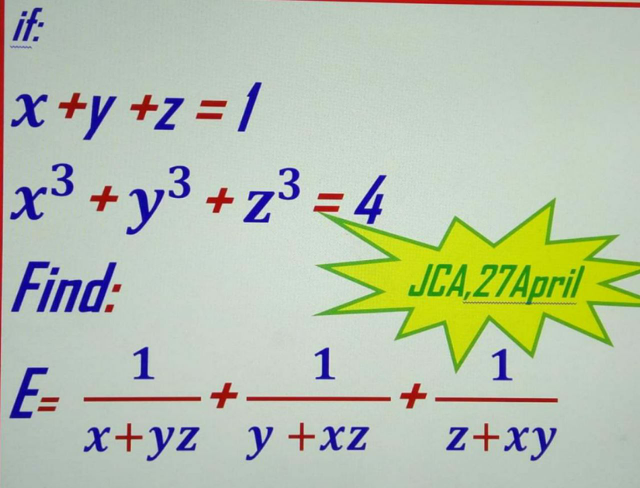
Question Number 58785 Answers: 1 Comments: 0
Question Number 58780 Answers: 1 Comments: 0
$$\mathrm{367}×\mathrm{25} \\ $$$$\mathrm{397}×\mathrm{45} \\ $$$$\mathrm{484}×\mathrm{79} \\ $$
Question Number 58779 Answers: 0 Comments: 0
Question Number 58778 Answers: 0 Comments: 0
Question Number 58776 Answers: 1 Comments: 0
Question Number 58775 Answers: 0 Comments: 0
Question Number 58774 Answers: 0 Comments: 3
Question Number 58772 Answers: 1 Comments: 0
$$\frac{\mathrm{1}}{\mathrm{6}}×\frac{\mathrm{2}}{\mathrm{5}} \\ $$$$ \\ $$
Question Number 58771 Answers: 0 Comments: 0
Question Number 58770 Answers: 2 Comments: 1
Question Number 58769 Answers: 0 Comments: 1
Question Number 58756 Answers: 3 Comments: 0
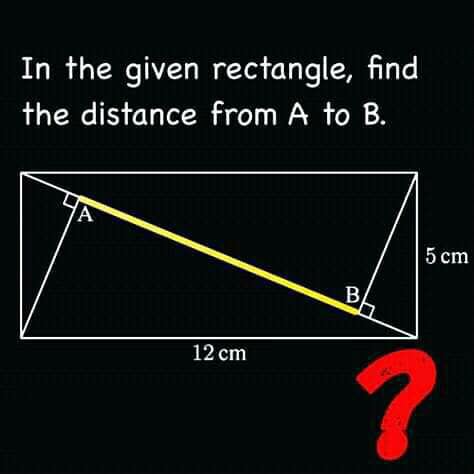
Question Number 58754 Answers: 2 Comments: 0
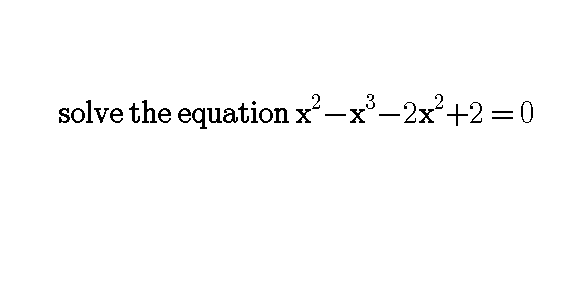
Question Number 58753 Answers: 1 Comments: 1
Question Number 58750 Answers: 0 Comments: 2
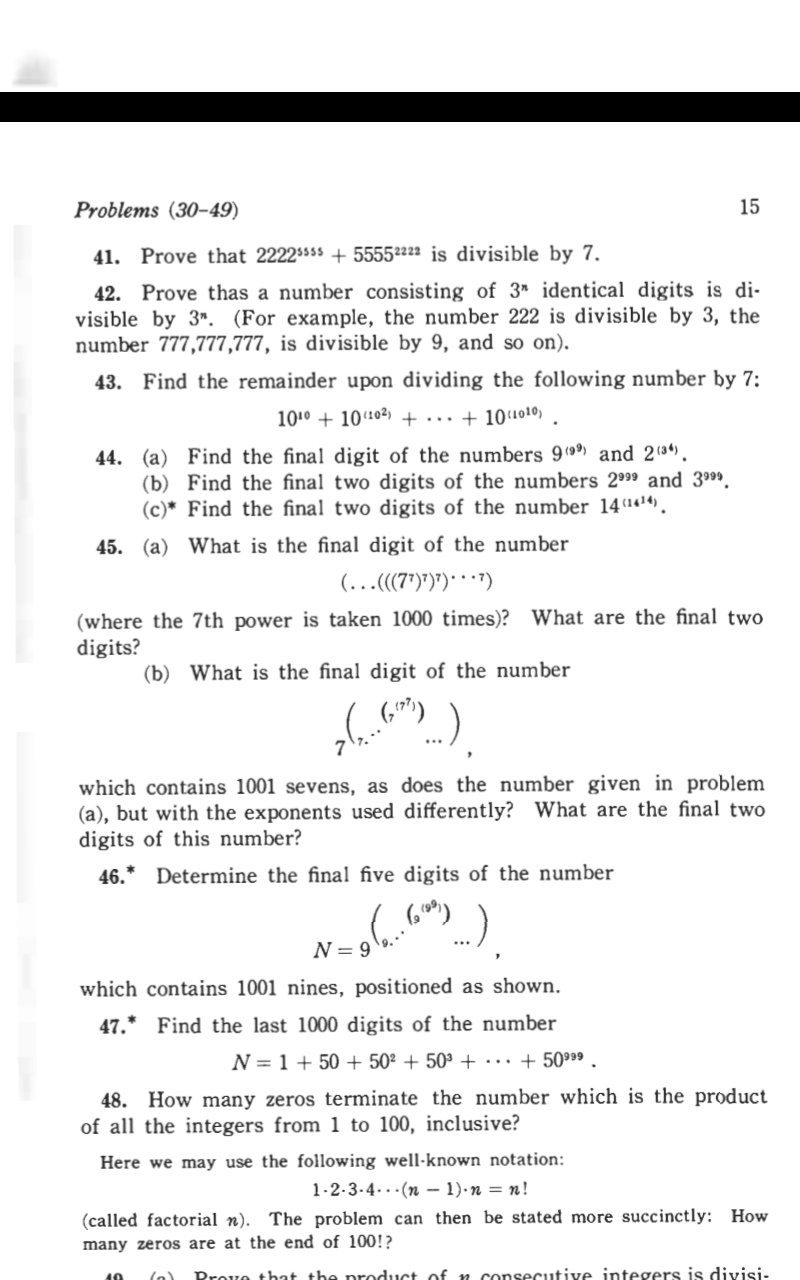
Question Number 58720 Answers: 2 Comments: 0
$${find}\:\frac{{dy}}{{dx}}\:{given}\:{that}\:\:{y}\:=\:{cos}\left({x}°\right) \\ $$
Question Number 58717 Answers: 1 Comments: 1

Question Number 58716 Answers: 1 Comments: 0
$$\frac{\mathrm{1}}{\mathrm{3}}+\frac{\mathrm{1}}{\mathrm{4}} \\ $$
Pg 1515 Pg 1516 Pg 1517 Pg 1518 Pg 1519 Pg 1520 Pg 1521 Pg 1522 Pg 1523 Pg 1524
